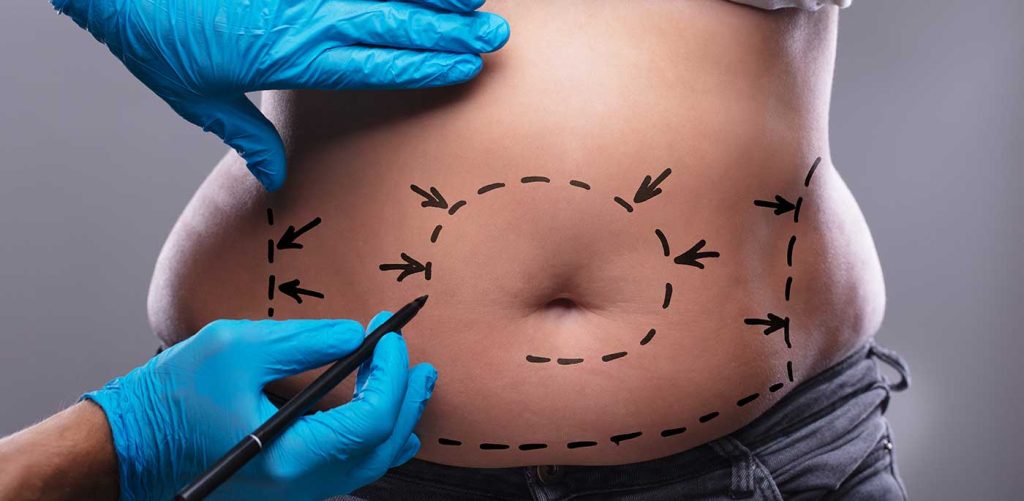Introduction
Are you considering a way to sculpt your body and get rid of those stubborn pockets of fat that diet and exercise just won’t touch? Liposuction may be the solution you’ve been looking for. Liposuction is one of the most popular cosmetic procedures in the world, and it has helped countless individuals achieve their body goals. In this comprehensive guide, we will explore what liposuction is, how it works, the different techniques, benefits, risks, and what to expect during and after the procedure.
What is Liposuction?
Liposuction, often referred to as “lipo” or lipoplasty, is a surgical procedure designed to remove excess fat from specific areas of the body. It is not a weight loss method but rather a body contouring technique that can enhance your body’s proportions by eliminating localized fat deposits. Common areas treated with liposuction include the abdomen, thighs, hips, buttocks, arms, and chin.
How Does Liposuction Work?
- Anesthesia: Before starting the surgery, your surgeon will administer either local anesthesia, general anesthesia, or intravenous sedation to ensure your comfort during the procedure.
- Incisions: Tiny incisions are made in the targeted areas, where a cannula (a thin, hollow tube) is inserted.
- Fat Removal: The surgeon uses the cannula to dislodge and suction out unwanted fat cells. Different liposuction techniques may be employed, such as traditional liposuction, laser-assisted liposuction (SmartLipo), ultrasound-assisted liposuction (VASER), or power-assisted liposuction (PAL).
- Closing Incisions: Once the fat is removed, the incisions are sutured closed, and the treated area is bandaged or wrapped.
- Recovery: After the procedure, you will be monitored and may be fitted with a compression garment to help reduce swelling and aid in the healing process.
Benefits of Liposuction
- Improved Body Contour: Liposuction can help you achieve a more sculpted and proportionate figure by targeting specific problem areas.
- Long-lasting Results: The fat cells removed during liposuction do not come back, so the results can be permanent if you maintain a healthy lifestyle.
- Quick Recovery: Most patients can return to their normal activities within a week or two after the procedure.
- Minimal Scarring: Liposuction incisions are small and well-hidden, leaving minimal scarring.
- Boost in Confidence: Enhancing your body’s appearance can lead to increased self-esteem and confidence.

Potential Risks and Considerations
While liposuction is generally safe, it is essential to be aware of the potential risks and considerations:
- Infection
- Swelling and Bruising
- Irregular Contouring
- Skin Irregularities
- Blood Clots
- Numbness
- Allergic Reactions
- Anesthesia Risks
Consult with a board-certified plastic surgeon to discuss these risks and determine if liposuction is suitable for your specific needs and medical history.
Recovery and Aftercare
After the procedure, you will be given specific instructions for post-operative care, which may include wearing compression garments, avoiding strenuous activities, and taking pain medications if needed. Swelling and bruising are common but should subside within a few weeks. It’s essential to follow your surgeon’s advice to ensure a smooth recovery and optimize results.
Conclusion
Liposuction is a well-established cosmetic procedure that can help you achieve the body contours you desire. While it’s crucial to have realistic expectations and understand the potential risks, many people have found liposuction to be a life-changing experience. If you are considering this procedure, consult with a board-certified plastic surgeon who can provide personalized guidance and help you achieve your body goals safely and effectively.






